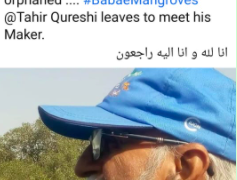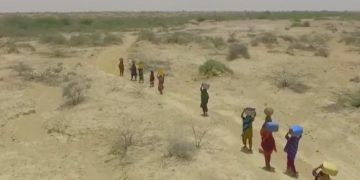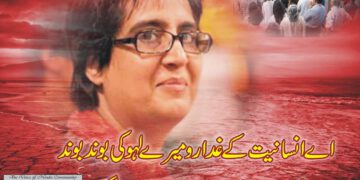
For those Pakistanis who remember, or have the heart to remember, December 16 has to be one of the most painful days in national history. For this was a day when we as a nation suffered a rude awakening; a reality bite so sharp that finally took the blinkers off our eyes and made us stare at the horrible mess of our own making.
December 16 was the day when Quaid e Azam’s Pakistan ceased to exist. The Pakistan whose struggle was initiated by the visionary Nawab of Dhaka Nawab Sir Khwaja Salimullah Bahadur (Dacca at that time) and other colleagues in Bengal. He founded the Bengal Muslim League in 1907, and in a short span of forty years, saw Pakistan emerge as a new and independent state with two geographically distant wings of East and West Pakistan.
However, more than the the geographical distance of 1000 miles of hostile territory, it were the mechanizations of the powerful elite and vested interests belonging to the Western wing of the country that drove the very people who struggled for independence against the British to launch into yet another struggle for independence from the oppression of their own countrymen.
This day 40 years ago, when the nation was being lulled into a false sense of victory by its president General Yahya Khan, our General “Tiger” Niazi was laying down arms before his Indian counterpart. We had been denied access to truth as reports from foreign news agencies were denounced as conspiracies, and the BBC correspondent Mark Tully reporting on the reverses being suffered by our forces became the man all Pakistanis loved to hate!
Why did we think that the Bengalis, who were always more politically aware and active, which is why they saw through the struggle for Pakistan to its end, would put up with the arrogance, injustice, insult to their intellect and linguistic and cultural suppression? Despite the superiority in numbers, they were denied the right to prevail over the minority. A minority that didn’t deem them to be strong enough, brave enough, Pakistani enough to cede power that was rightfully theirs.
And look where they are today, and where we are today? Bangladesh has made strides in every field be it education, agriculture, industry, poverty alleviation. It has been steadily been rising up all indices while we have been sliding down.
o just like it is mentioned above; “we learn from history, that we never learn from history,” the people of East Pakistan decided to rid themselves of this oppre East Pakistan, west Pakistanssive minority in West Pakistan, and launched themselves once again into struggle for independence, which culminated into the state of Bangladesh.
Looking at it from the perspective of a dispassionate history viewer, they are a nation of doers and achievers. But I am not that. I am a Pakistani. And what does this reality make me look like if not a failure.
Failure is difficult to deal with. It is a painful admission that I could have done better but didn’t. However, beyond the humiliation and pain, there is a fear. A potent, tangible fear that I am going down that path again. It is a slippery slope that I am sliding down because I see similar arrogance, similar atrocities being perpetrated upon Pakistanis, by fellow Pakistanis. As if this was not bad enough, we are allowing outside forces to take full advantage of the divisions in our midst, as had happened in 1971.
We need to sit up, take notice, educate ourselves, read history, and not just the official accounts of history because they have always misled us. We need to tell the future generation about the mistakes we made in the past so they may avoid them.
We must speak for change. We must break the silence. Are you willing to ask questions about what really happened in 1971? Are you willing to learn from the mistakes we as a nation made at that time?












